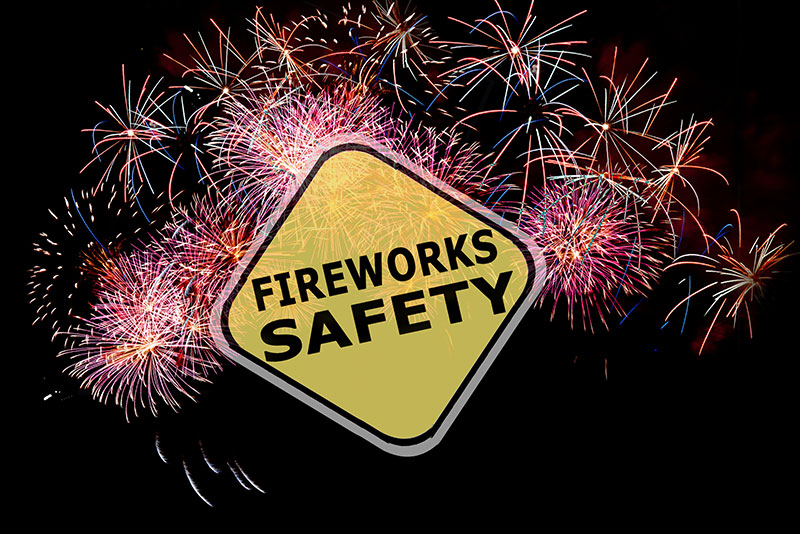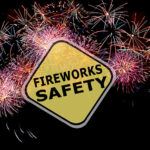
Watching fireworks is so much fun for children and adults. Figures show that the majority that get injured by fireworks are children at family or private parties. It is always advised to attend a well organised public display where it is safer, better for the environment and often less expensive to attend.
Be safe not sorry
Fireworks are safe if you use them properly. If you are putting on a home display, follow some simple steps to make sure that everyone has a good time without getting hurt.
Keep kids safe – we want children to enjoy fireworks, but they need to know the dangers of them if they weren’t to be used properly. Each year over half of all firework injuries are suffered by children. The Child Accident Prevention Trust has more guidance on keeping kids safe.
Sparkler safety – Did you know that sparklers get five times hotter than cooking oil! They are not toys and should never be given to a child under the age of 5.
Devon & Somerset Fire & Rescue Service also have the following advice:
- Make sure that the fireworks conform to British Standards, meaning that they should have BS 7114 written on the box and also have a CE mark
- Keep fireworks in a closed box
- Follow the instructions on each firework
- Light them at arm’s length, using a taper
- Stand well back
- Never go near a firework that has been lit. Even if it hasn’t gone off it could still explode
- Never put fireworks in your pocket or throw them
- Light sparklers one at a time and wear gloves
- Don’t let fireworks off after 11pm
- Don’t drink alcohol if setting off fireworks
The Firechief range includes high-performance fire extinguishers, fire blankets, first aid kits, lithium-ion fire extinguishers for your home and leisure time. For more information, call us on +44 (0)330 999 0019 or email sales@firechiefglobal.com.
The information contained within this blog is provided solely for general informational and educational purposes and is not intended as a substitute for professional advice. Before taking any actions based upon this information, we advise the reader to consult any and all relevant statutory or regulatory guidance and where felt necessary to consult a qualified fire or industry regulation professional. The use or reliance on any information contained herein is solely at the reader’s risk.

